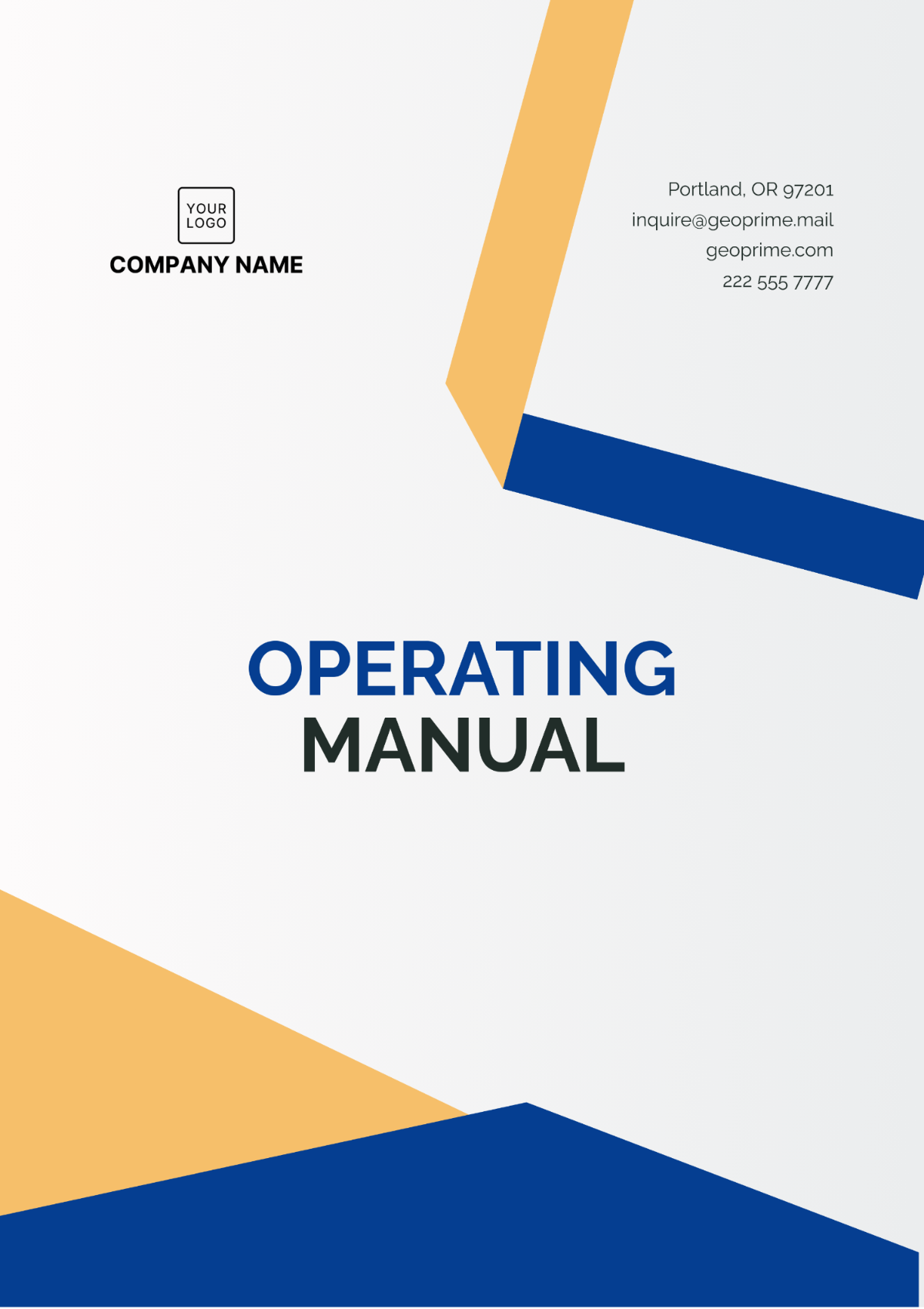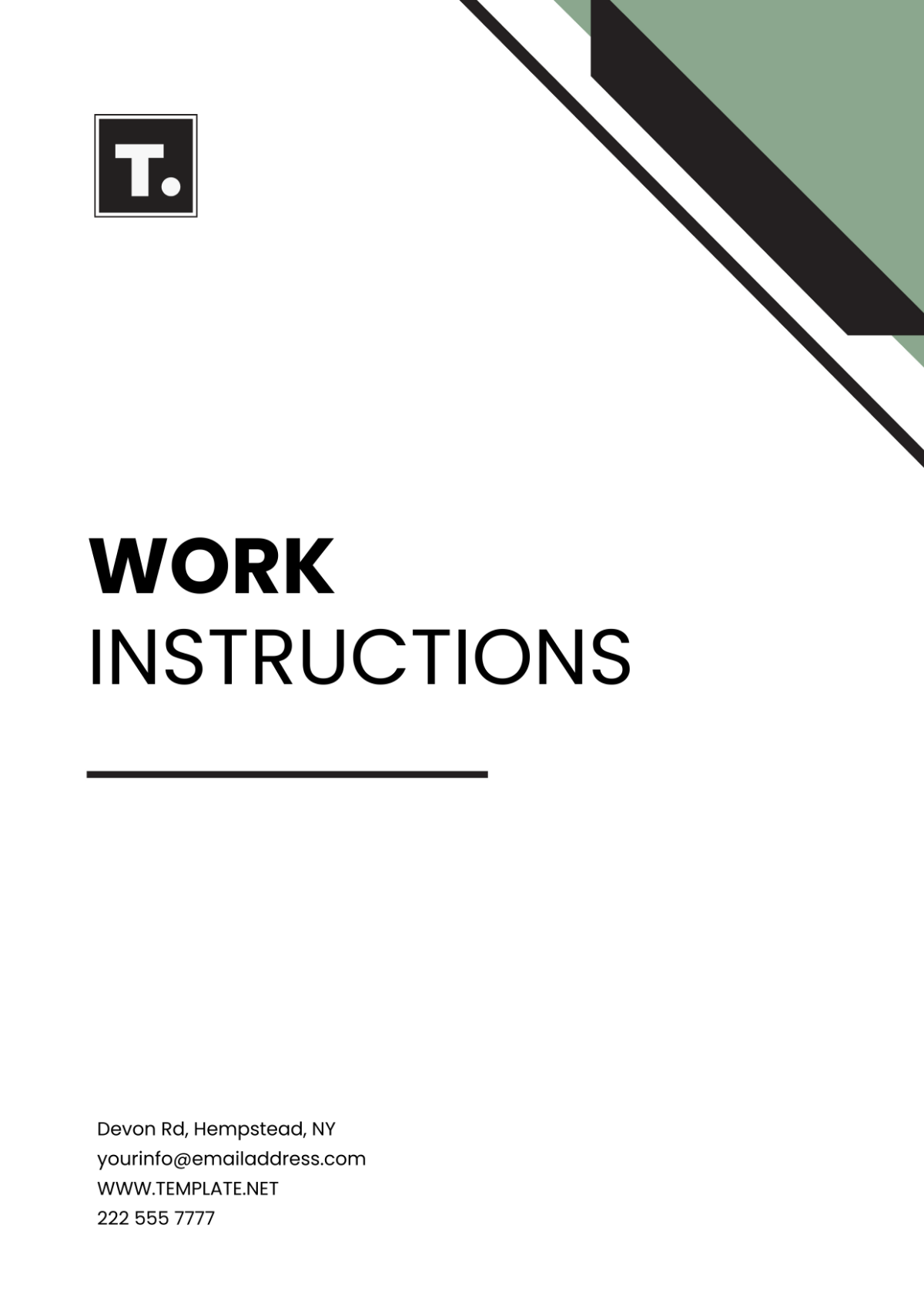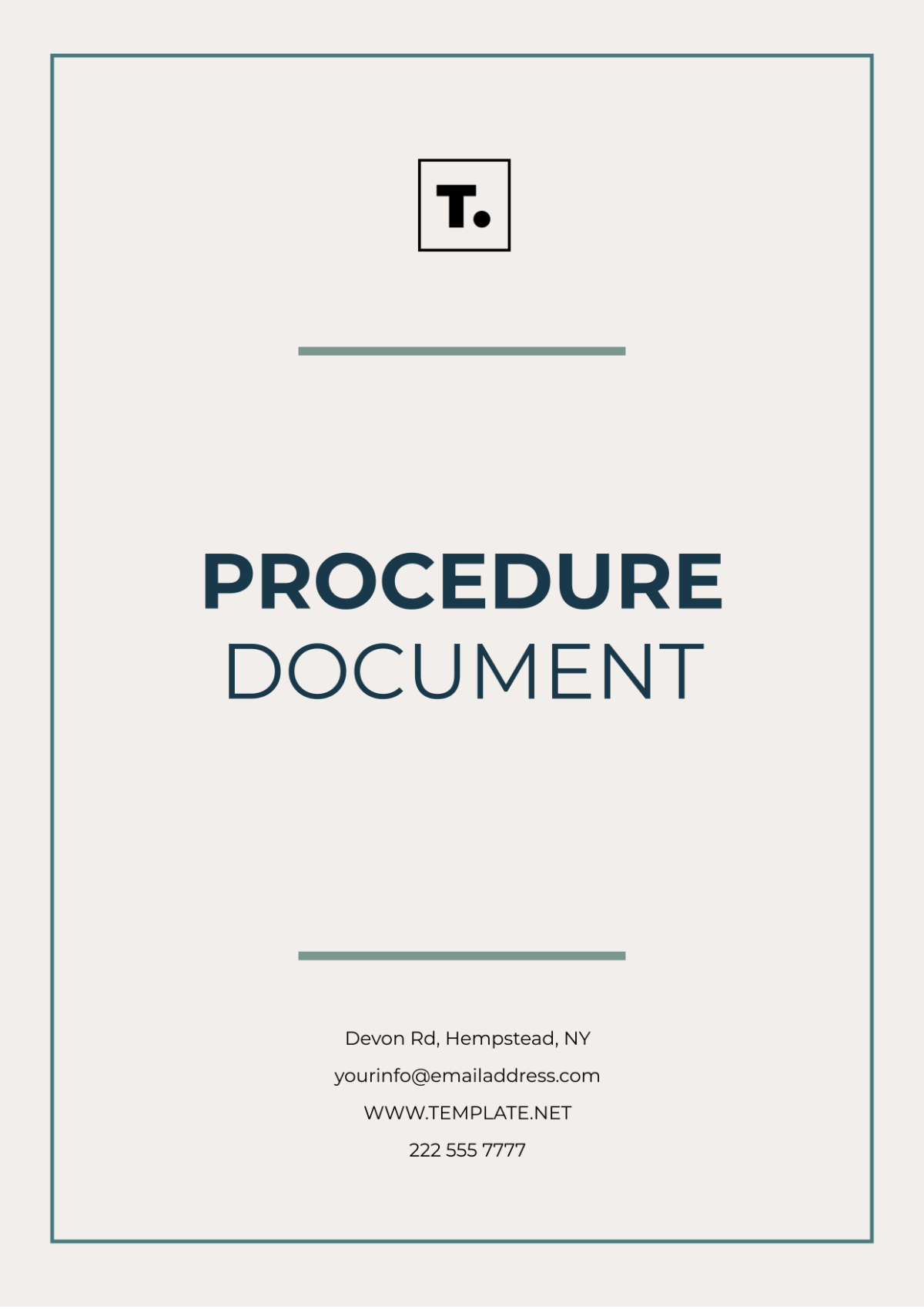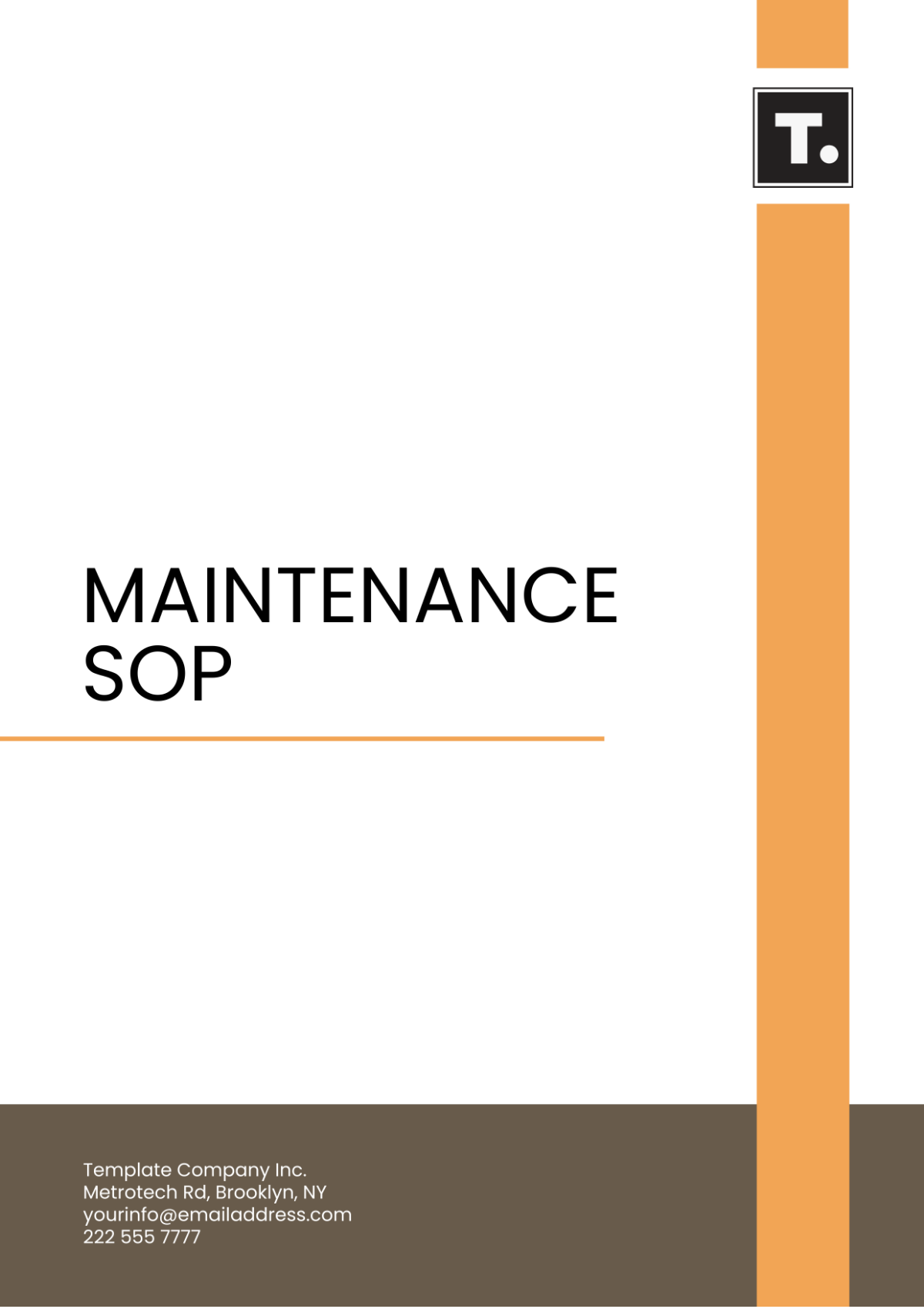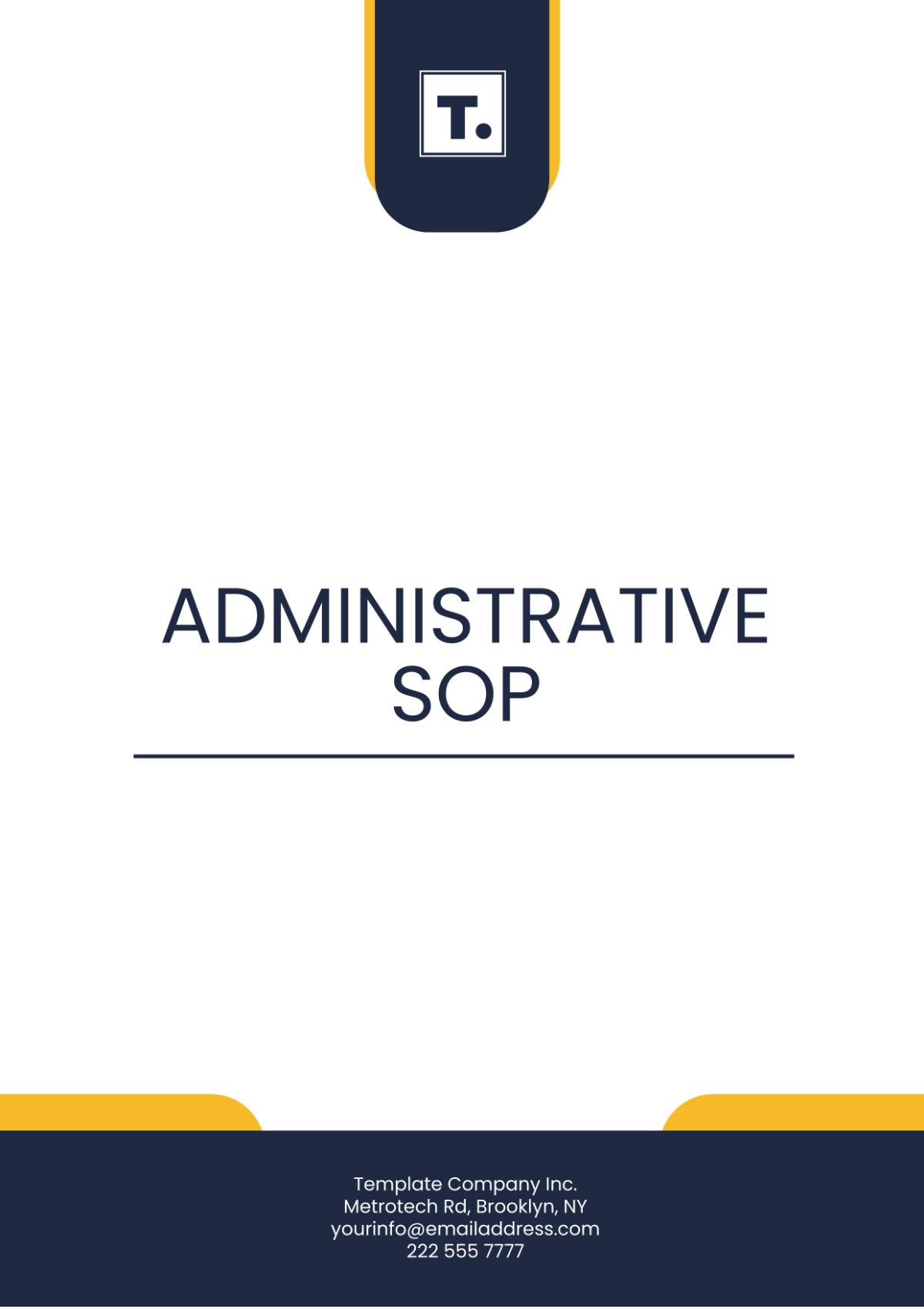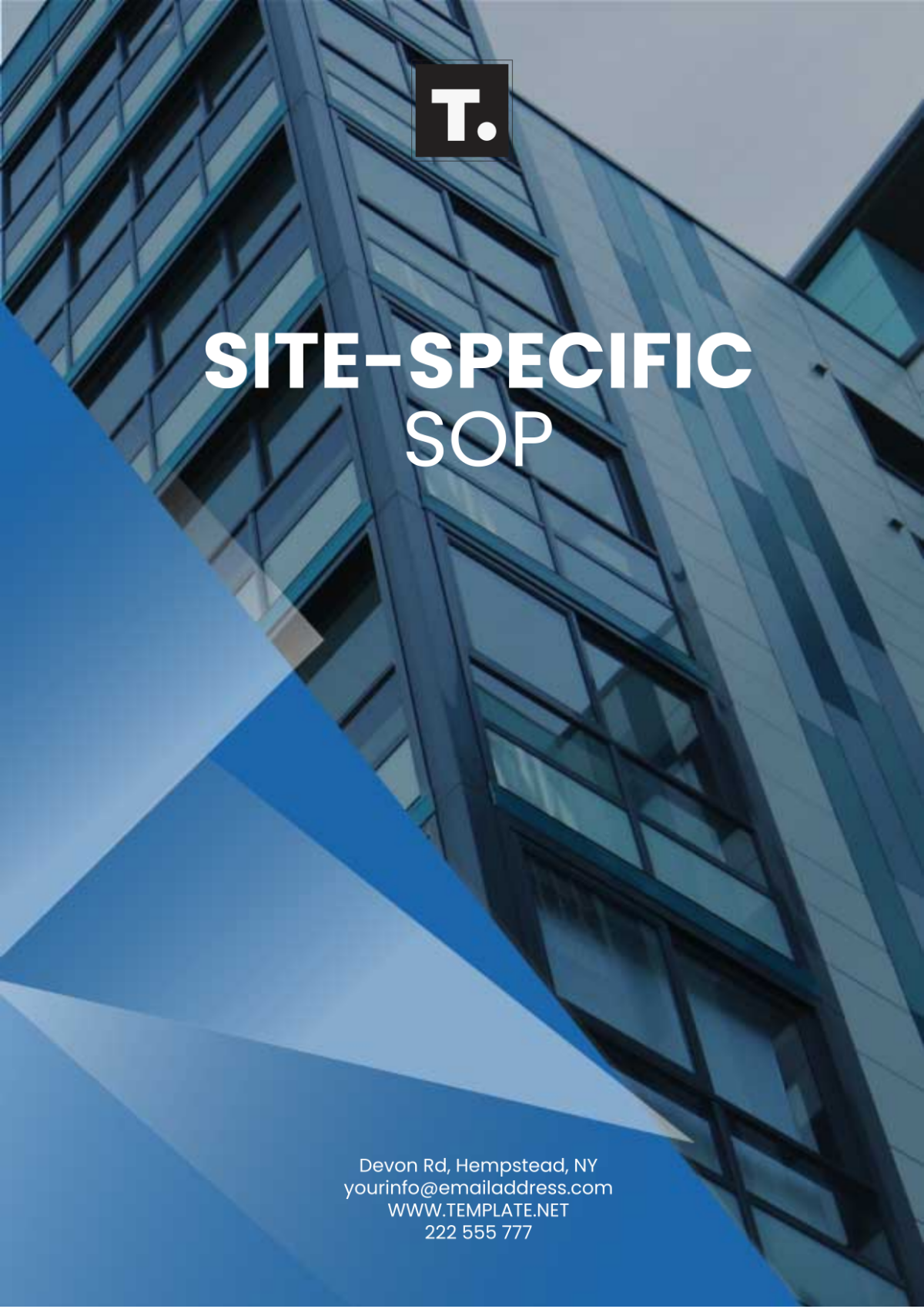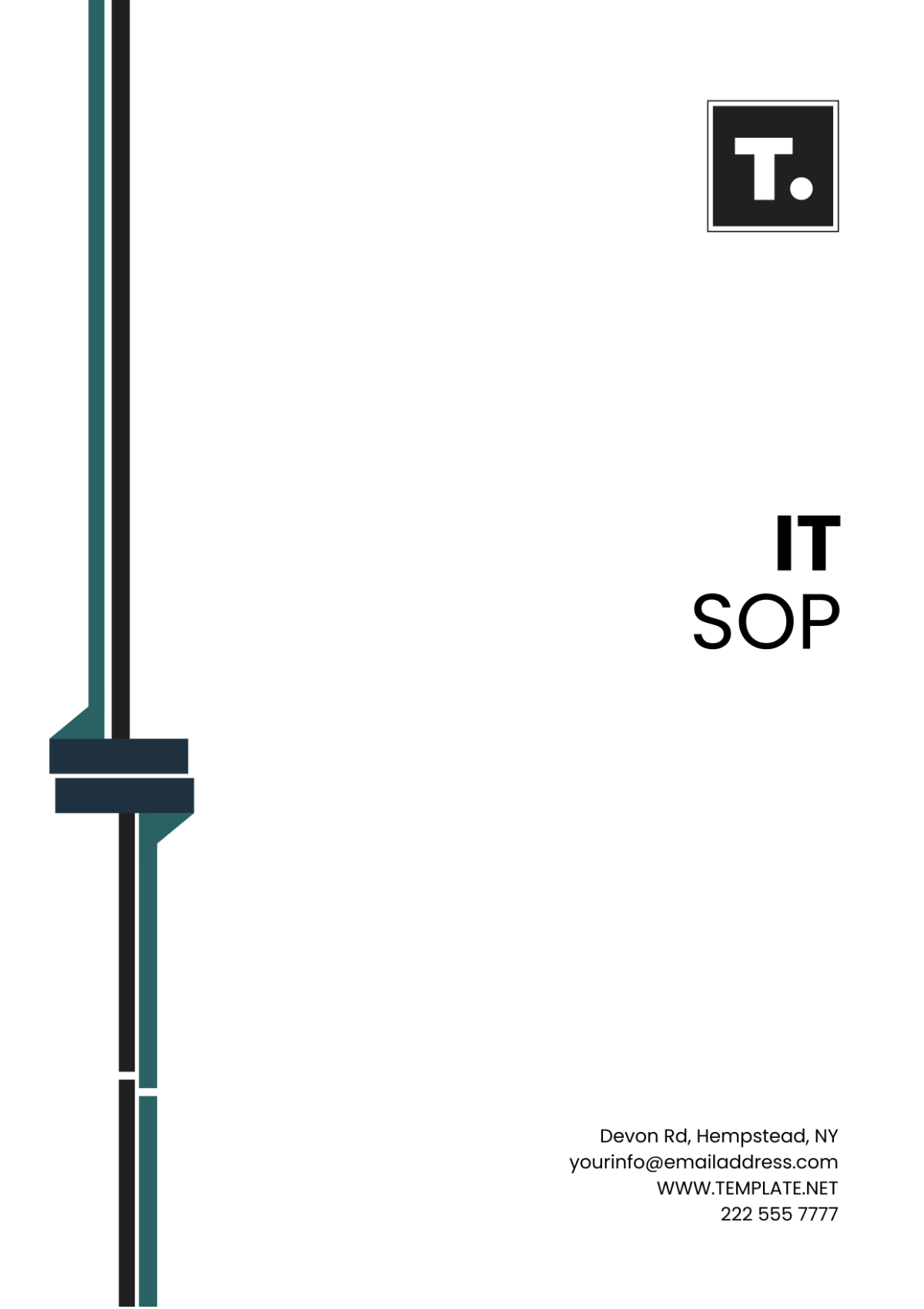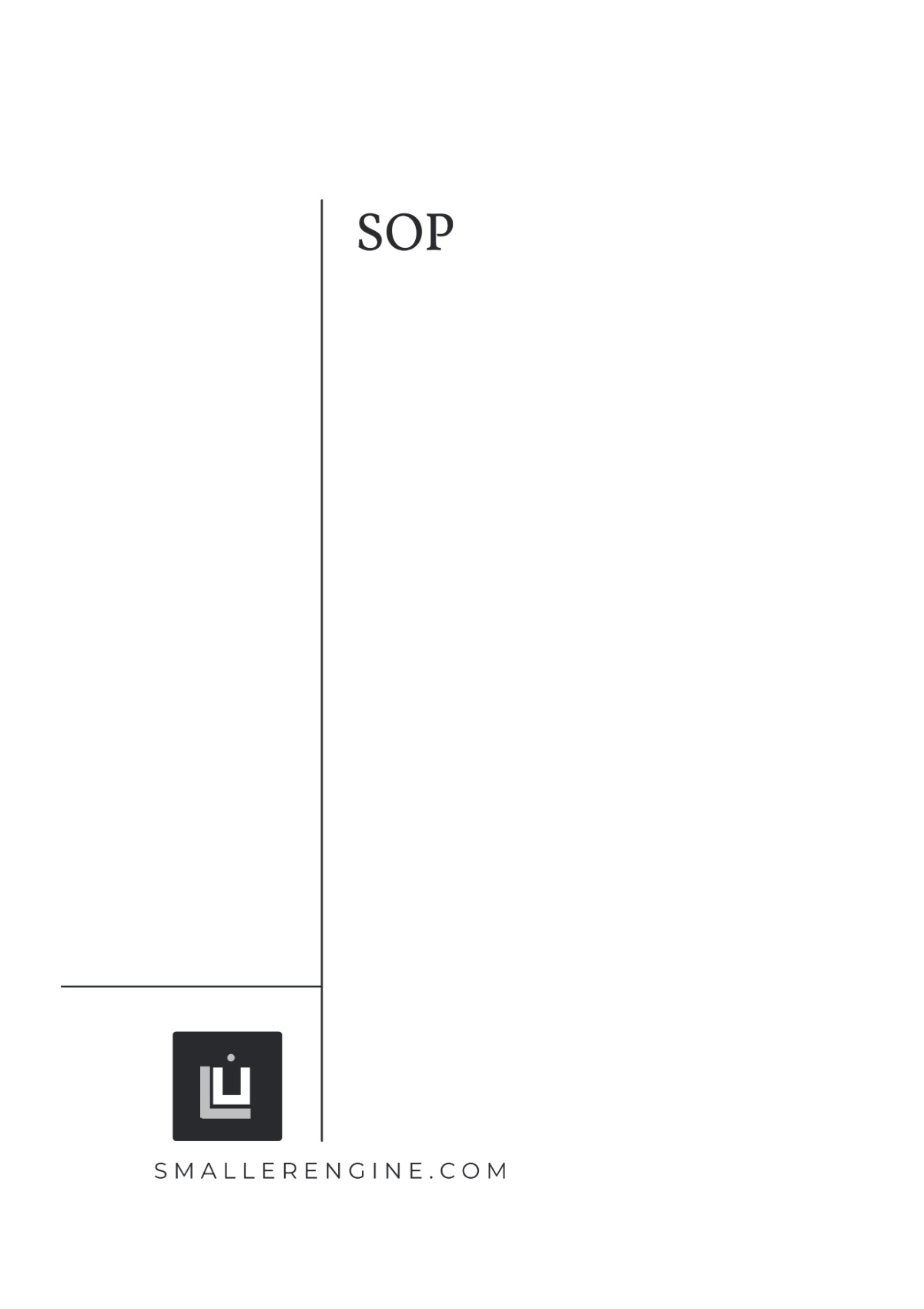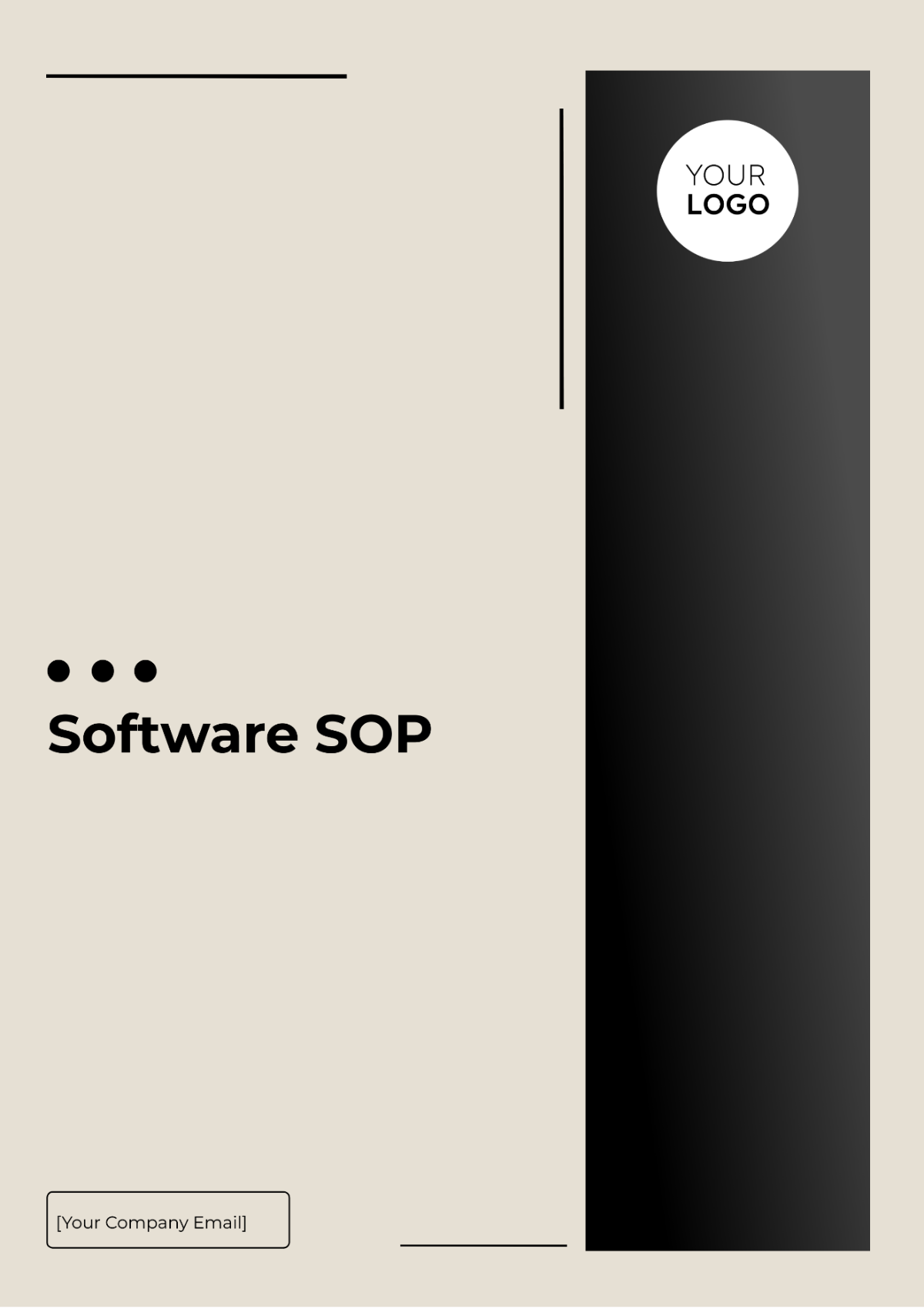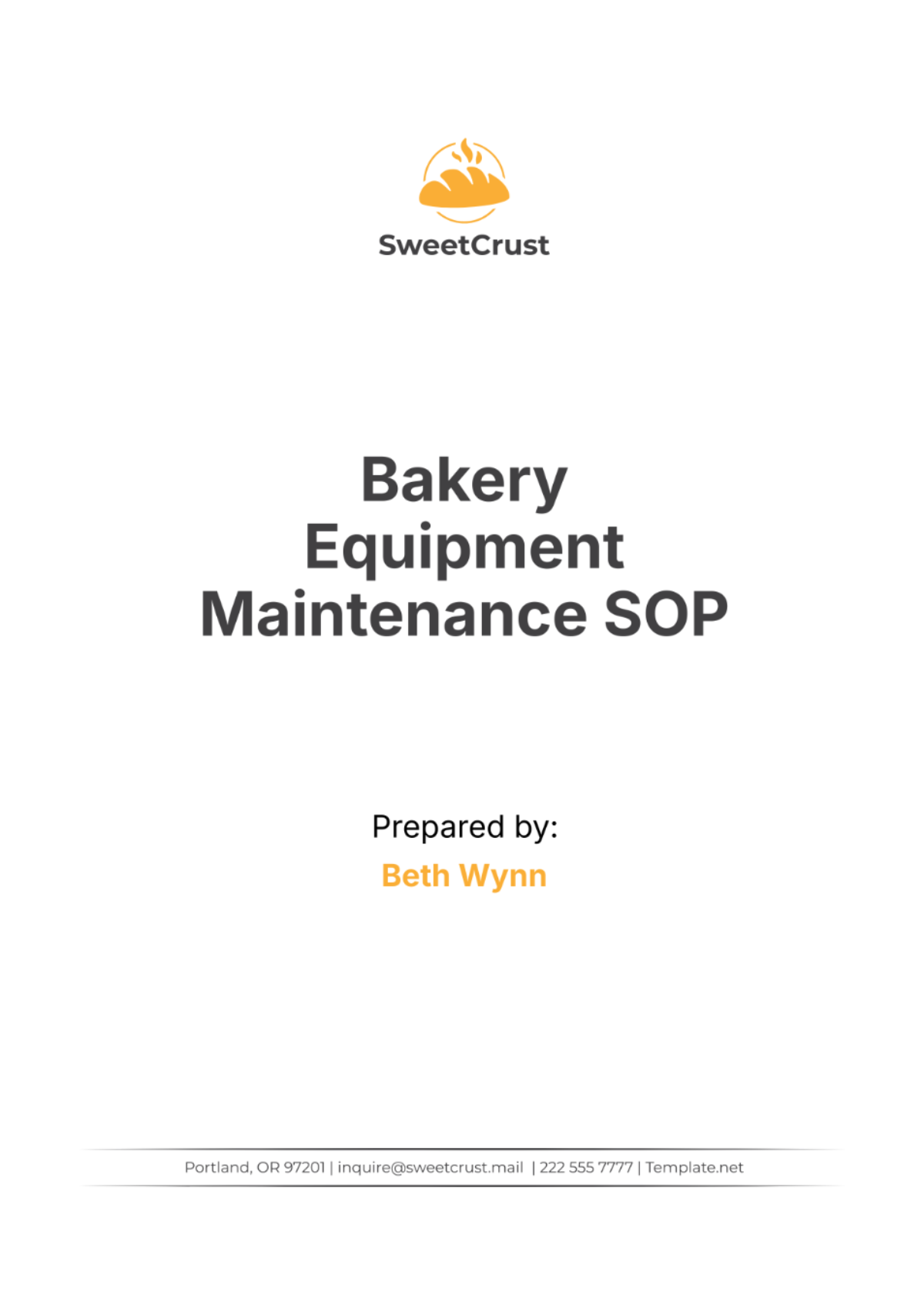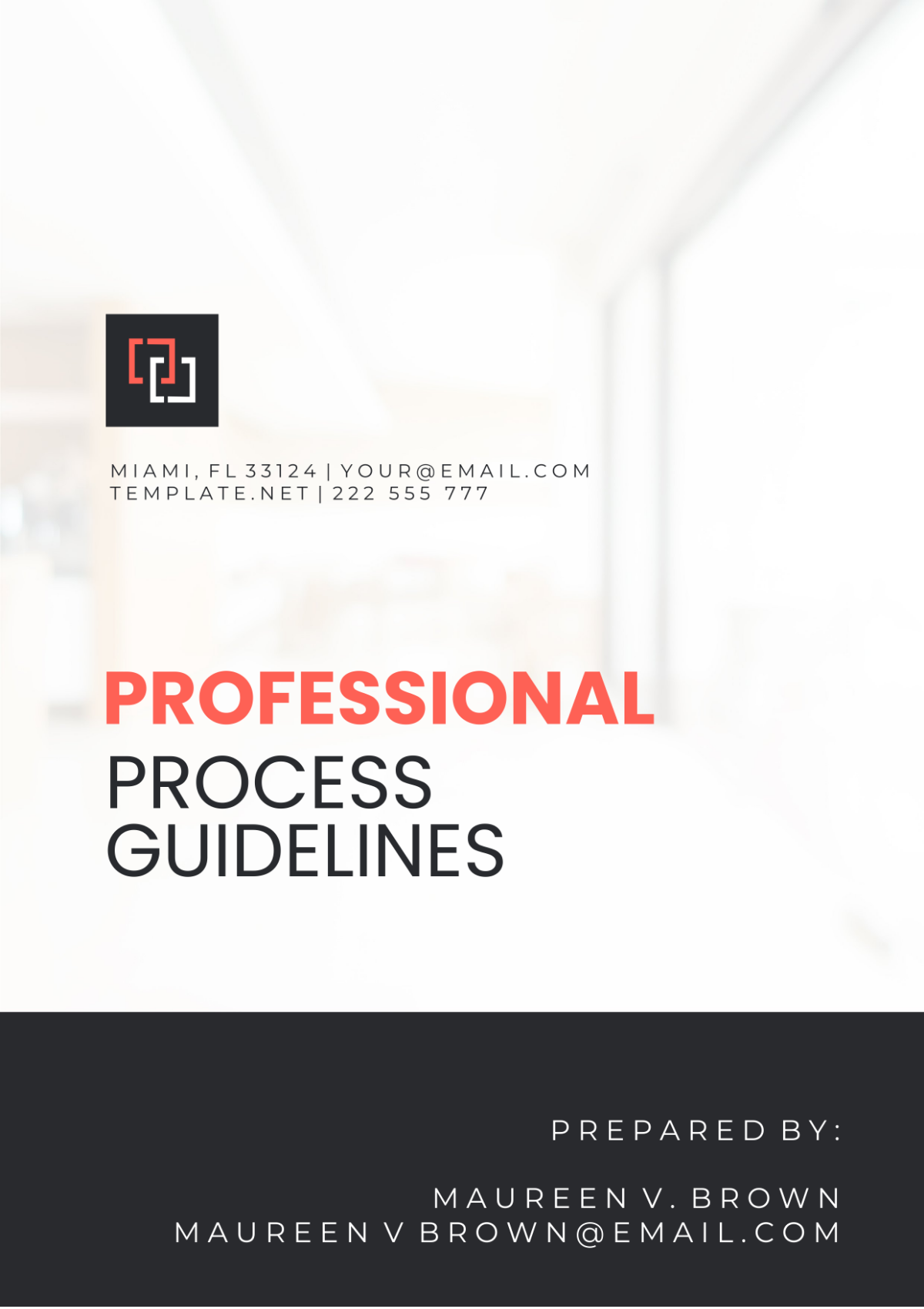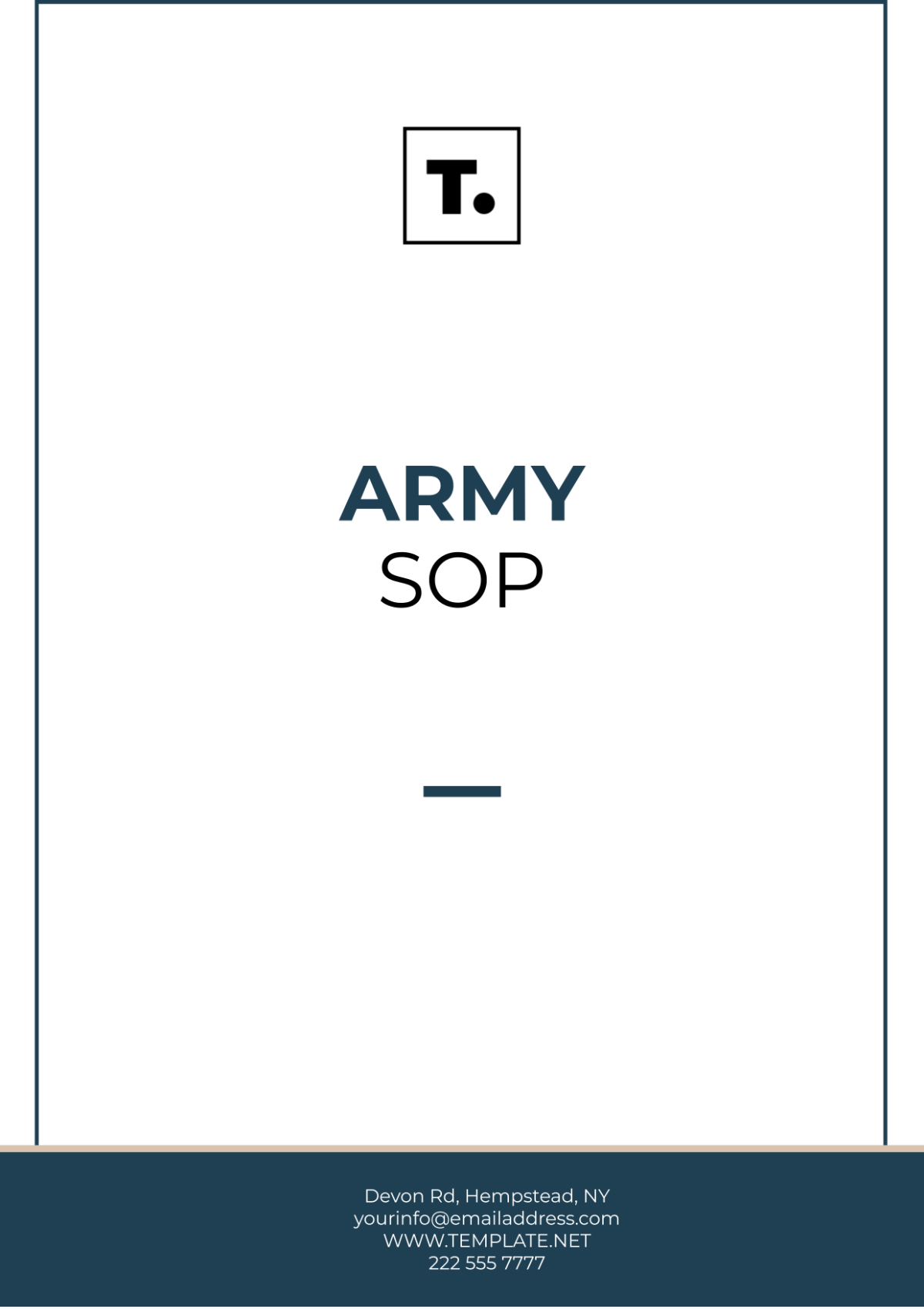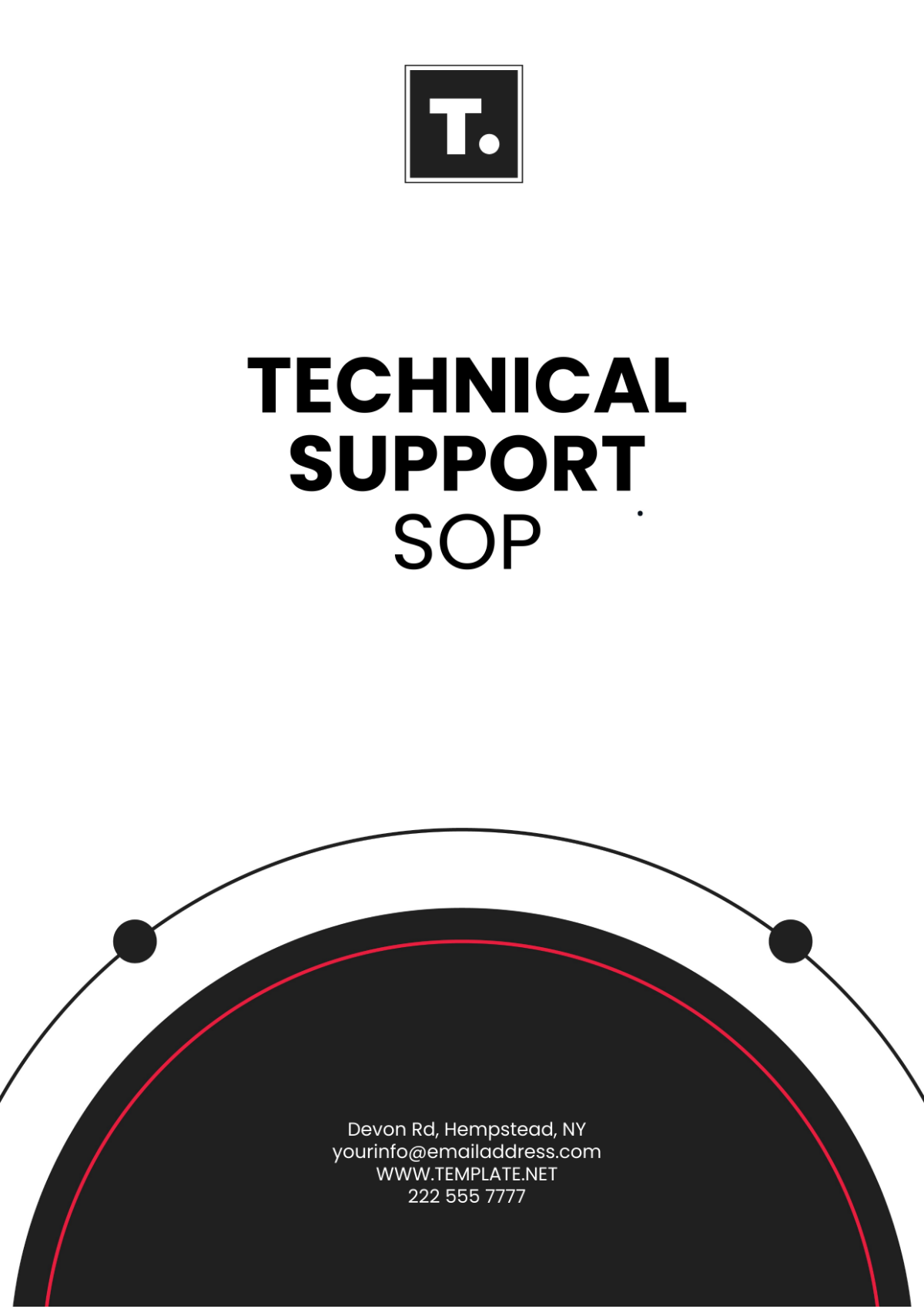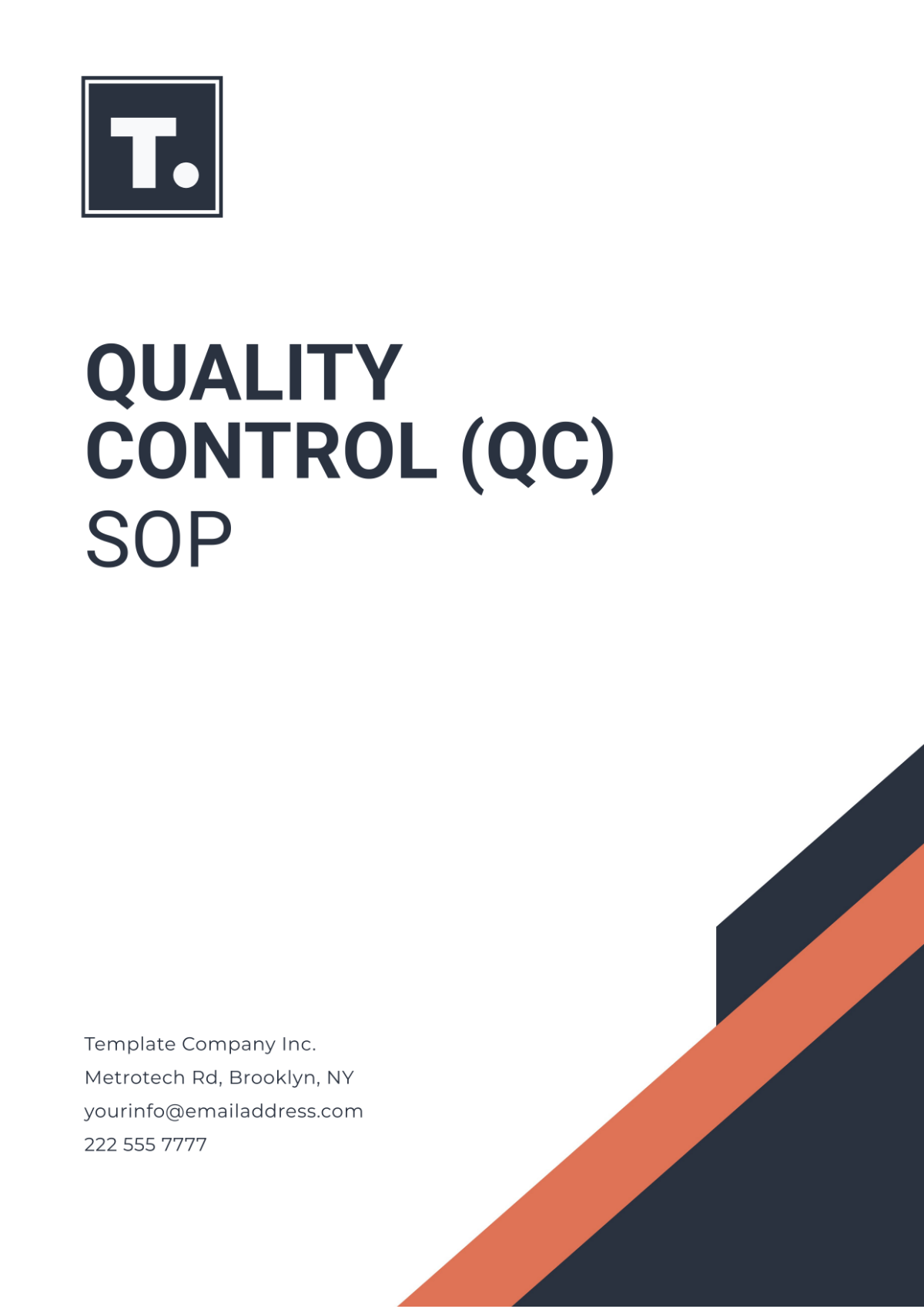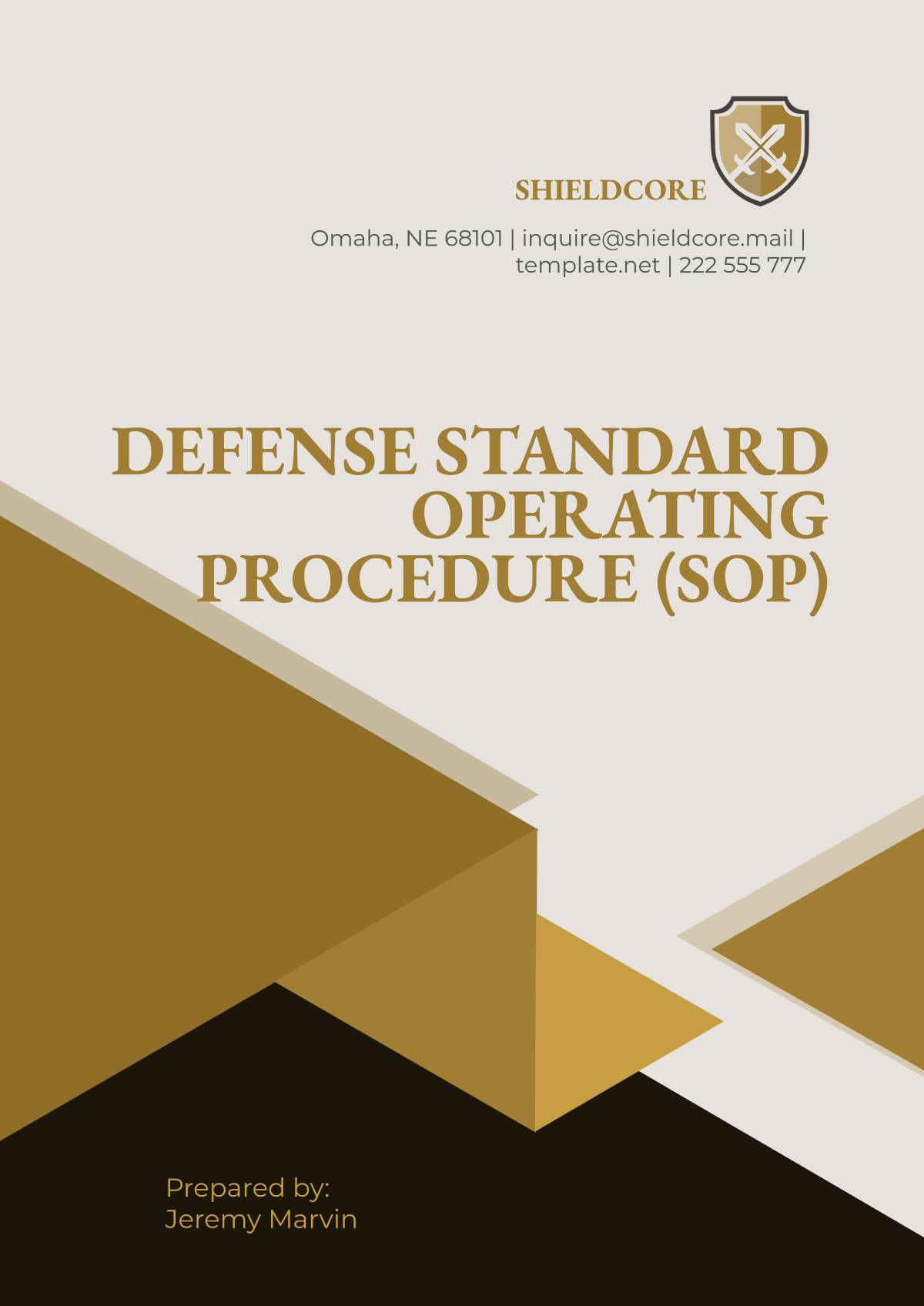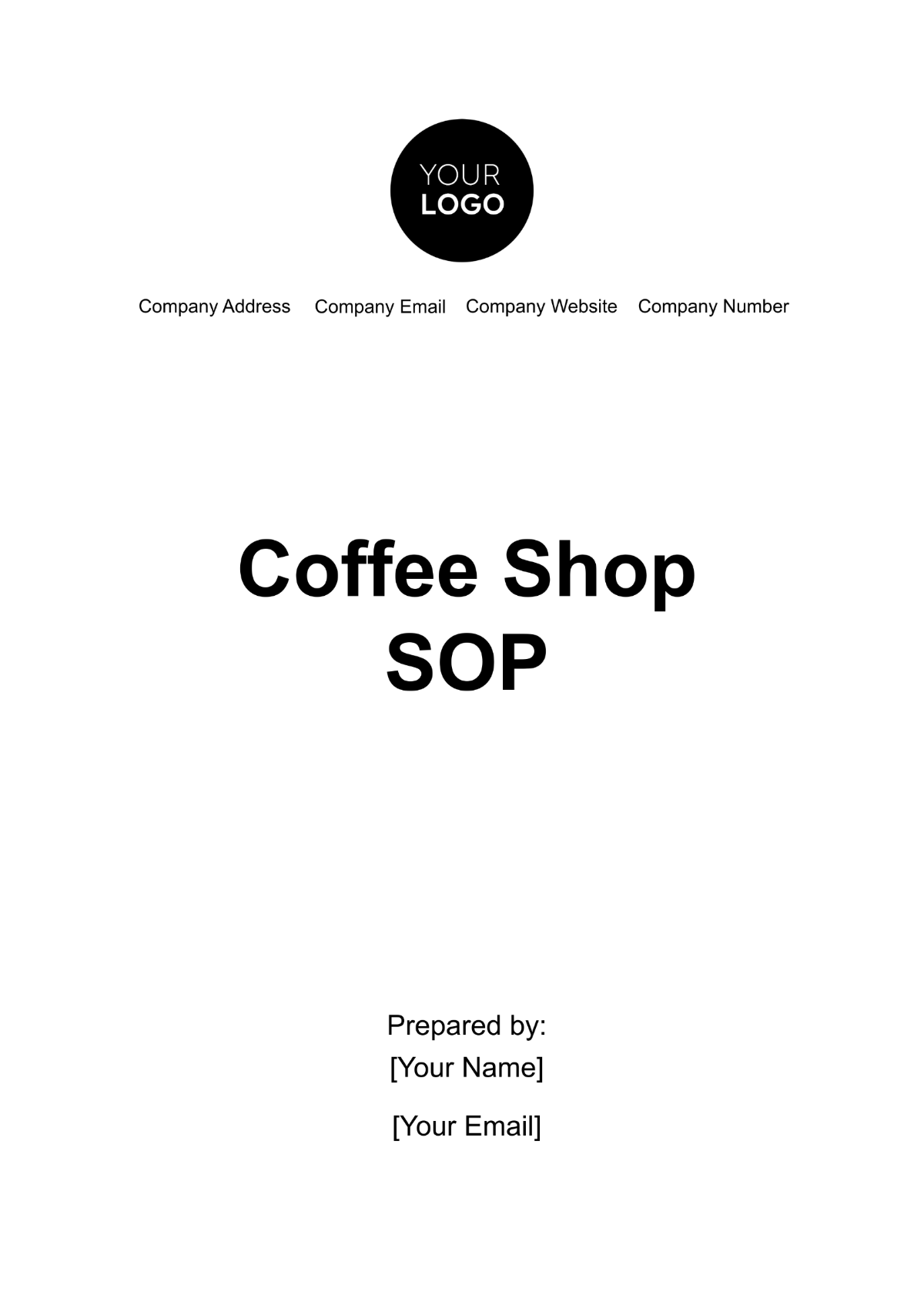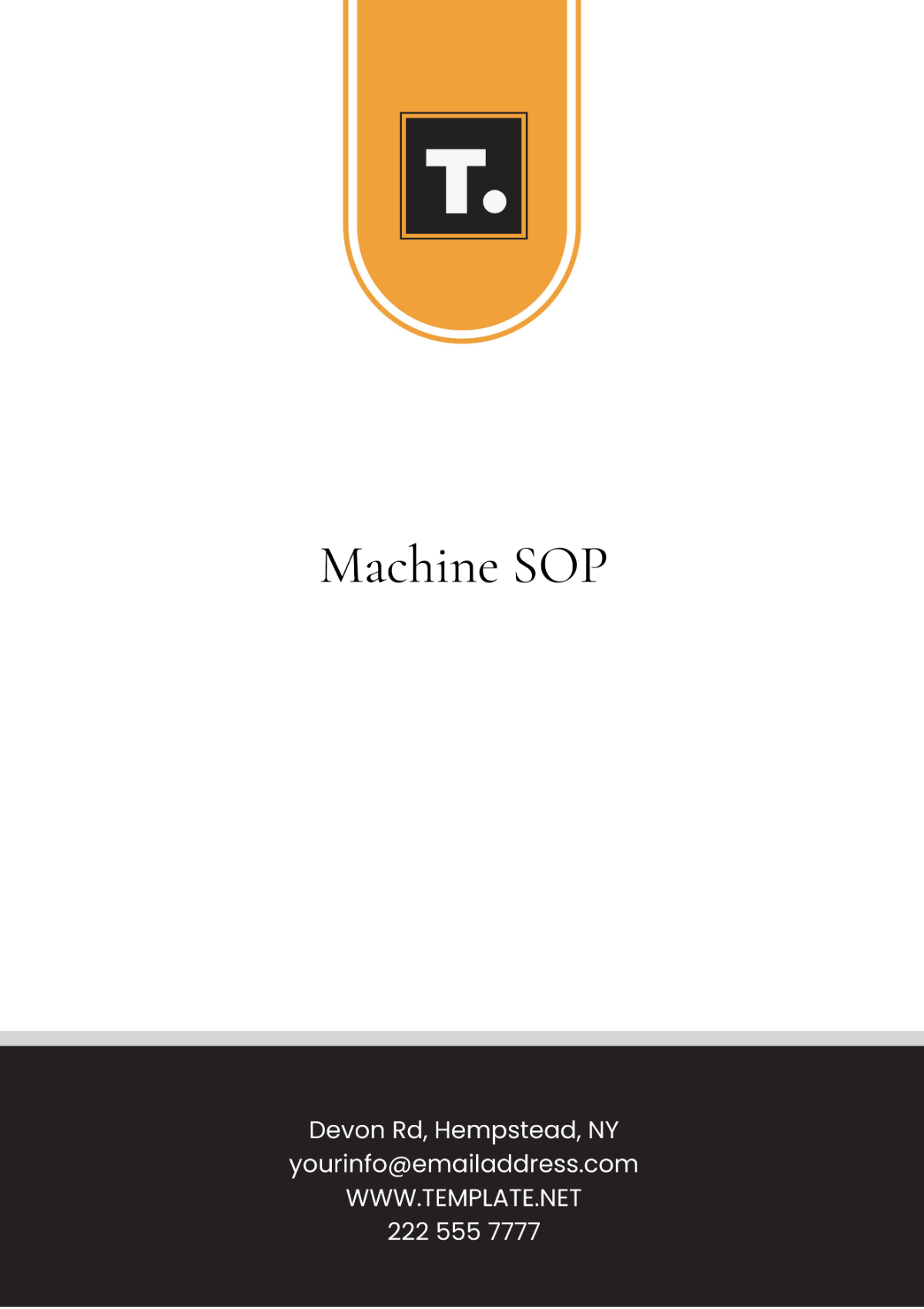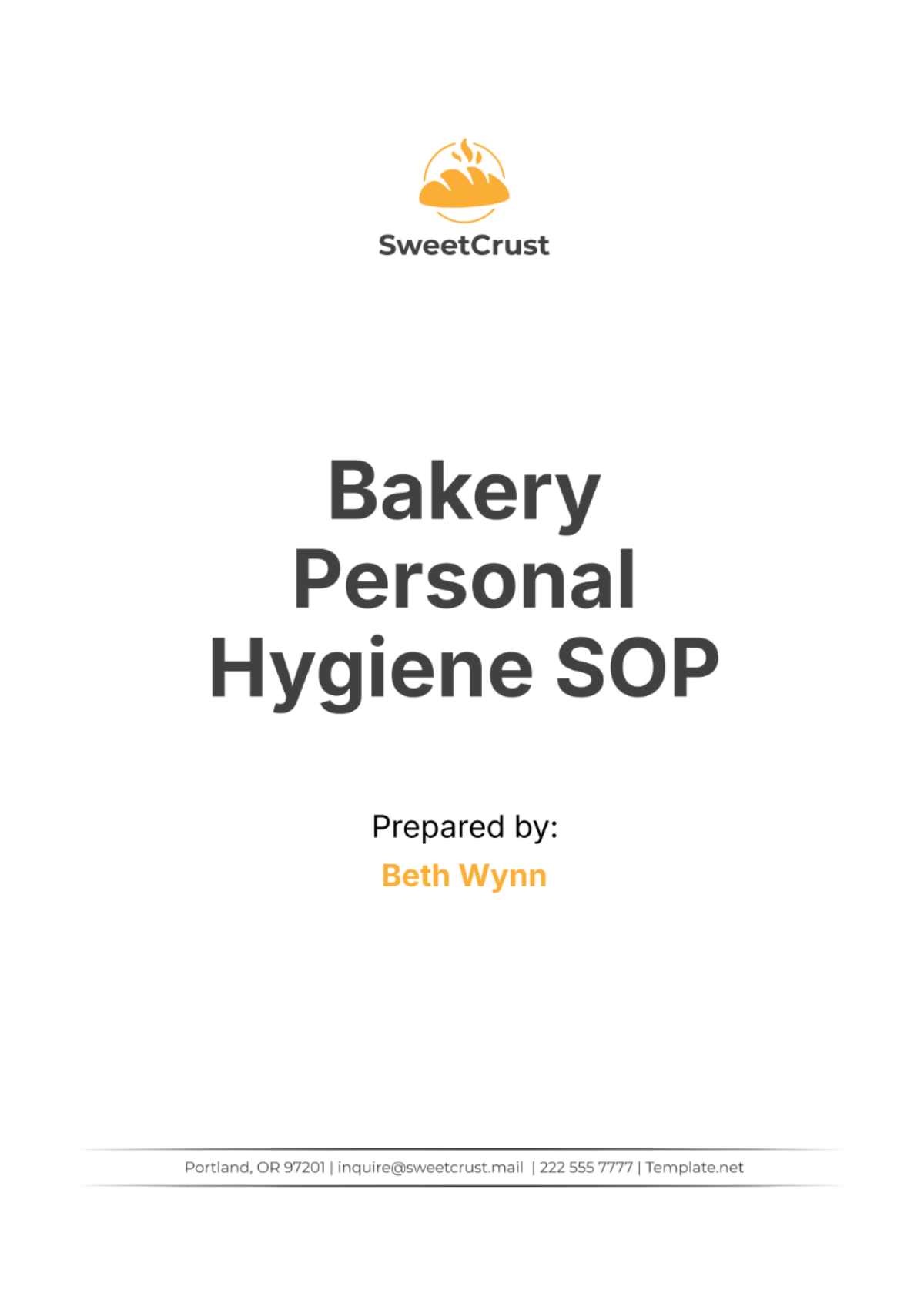Fire Department Standard Operating Procedure (SOP)
I. Objective
The objective of this Standard Operating Procedure (SOP) is to provide comprehensive guidelines and protocols for firefighting and emergency response activities within [Your Company Name]. This SOP aims to ensure consistency, safety, and effectiveness in all operational aspects of the fire department.
II. Scope
This SOP applies to all personnel of [Your Company Name] involved in fire suppression, rescue operations, emergency medical services (EMS), hazardous materials (Hazmat) response, and other related emergency activities.
III. Definitions
Incident Commander (IC): The designated individual responsible for the overall management of emergency incidents.
Primary Search: The initial search of a structure to locate and rescue occupants.
PPE (Personal Protective Equipment): Fire-resistant gear worn by firefighters to protect against heat, flames, and other hazards.
SCBA (Self-Contained Breathing Apparatus): Respiratory equipment used by firefighters to breathe in smoky or hazardous environments.
Ladder Truck: A fire apparatus equipped with an extendable ladder for rescue and firefighting operations.
IV. Responsibilities
Fire Chief: Overall responsibility for approving and implementing this SOP.
Officers: Responsible for ensuring personnel compliance with SOPs during emergency incidents.
Firefighters: Expected to familiarize themselves and adhere to SOPs at all times.
V. Training and Qualifications
All personnel must undergo regular training on SOPs related to their assigned duties.
Firefighters must maintain current certifications for CPR, Hazmat operations, and other relevant qualifications.
VI. Fire Response Procedures
Dispatch: Upon receiving a call, the dispatcher will notify appropriate units based on the nature and location of the incident.
Scene Size-Up: IC will conduct a rapid assessment of the incident to determine strategy and resource needs.
Establish Command: IC will establish an incident command post and communicate objectives to all responders.
Rescue and Evacuation: Primary search, rescue, and evacuation of occupants will be conducted following established protocols.
Fire Attack: Fire suppression operations will be initiated based on fire behavior and building construction.
VII. EMS Procedures
Patient Assessment: EMS responders will perform rapid patient assessments and initiate appropriate medical care.
Transportation: Patients will be transported to designated medical facilities following established triage guidelines.
Medical Control: EMS personnel will maintain communication with medical control for consultation on complex medical cases.
VIII. HAZMAT (Hazardous Materials) Response
Assessment: The HAZMAT team will assess the type and extent of hazardous materials involved.
Containment: Measures will be taken to contain and mitigate hazardous material spills or leaks.
Decontamination: Proper decontamination procedures will be followed to ensure the safety of personnel and equipment.
IX. Equipment Use and Maintenance
All equipment must be inspected, maintained, and tested according to the manufacturer's guidelines and departmental policies.
Personnel must report any equipment malfunctions or deficiencies immediately.
X. Post-Incident Procedures
After each incident, a debriefing session will be conducted to review actions taken and identify areas for improvement.
All equipment must be cleaned, restocked, and placed back in service promptly.
XI. Records and Documentation
Accurate records of all incidents, training sessions, and equipment maintenance activities will be maintained for review and analysis.
XII. Revision and Approval
This SOP will be reviewed annually or as needed by the Fire Chief or designated authority to ensure relevance and effectiveness.
XIII. Compliance
Non-compliance with this SOP may result in disciplinary action or retraining as deemed appropriate by department leadership.
This Standard Operating Procedure (SOP) is approved by:

[Fire Chief's Name]
[Date]

